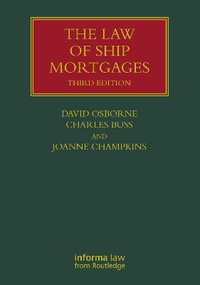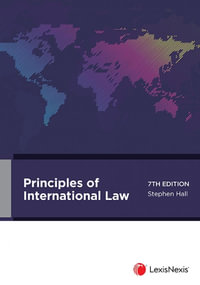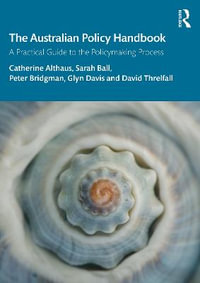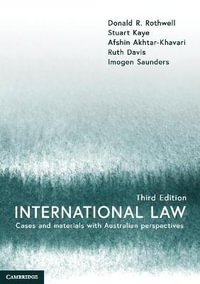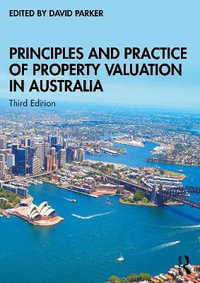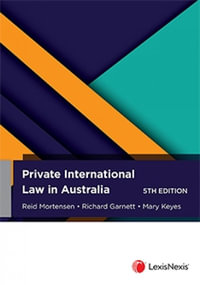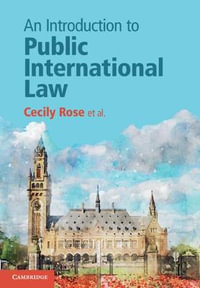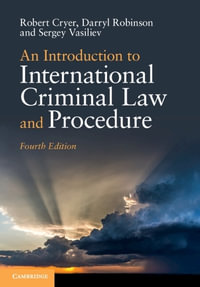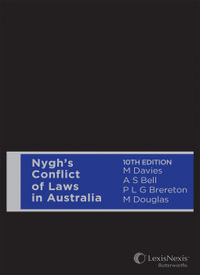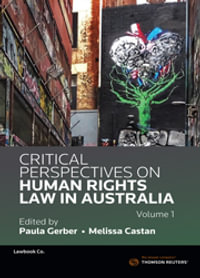| List of abbreviations | |
| Table of cases | |
| List of treaties | |
| Introduction | |
| Purpose and topic | |
| The legal regime for the interpretatation of treatiesnbsp;as a system of rules | |
| Basic concepts | |
| Method | |
| Organisation of work | |
| Typographical conventions adhered to | |
| The Concept of a Rule of Interpretation | |
| The correct meaning | |
| How to determine the correct meaning | |
| How to determine the correct meaning (cont''d) | |
| How to determine the correct meaning (cont''d) | |
| The concept of a first-order rule of interpretation | |
| The concept of a second-order rule of interpretation | |
| Using Conventional Language ("The Ordinary Meaning") | |
| Introduction; in particular, regarding the problem caused by social variation in language | |
| Regarding the problem caused by social variation in language (cont''d) | |
| Regarding the problem caused by temporal variation in language | |
| Regarding the problem caused by temporal variation in language (cont''d) | |
| Regarding the problem caused by temporal variation in language (cont''d) | |
| Conclusions | |
| Using the Context: the "Text" of a Treaty | |
| "[T]he text" | |
| "[T]he text" put to use | |
| "[T]he text" put to use: different words and phrases shall (sometimes) be given different meanings | |
| "[T]he text" put to use: no logical tautologies | |
| Conclusions | |
| Using the Context: the elements set out in VCLT ART. 31 2 (A) och (B) | |
| The meaning of subparagraph (a): introduction | |
| The meaning of subparagraph (a): "any agreement" | |
| The meaning of subparagraph (b) | |
| The "agreement" and the "instrument" put to use | |
| Conclusions | |
| Using the context: the elements set out in vclt art. 31 3 | |
| Subparagraph (a) | |
| Subparagraph (b): introduction | |
| Subparagraph (b): "any agreement" | |
| Subparagraph (c): introduction | |
| Subparagraph (c): "applicable" | |
| The elements put to use | |
| Conclusions | |
| Using the object and purpose | |
| On the meaning of "object and purpose" in general | |
| "[O]bject and purpose" - one concept or two? Moreover, regarding the variation of an object and purpose over time | |
| Treaties with several objects and purposes | |
| The "object and purpose" put to use | |
| The "object and purpose" put to use (cont''d) | |
| Conclusions | |
| Using the supplementary means of interpretation | |
| The meaning of "supplementary means of interpretation" | |
| "[T]he preparatory work of the treaty" | |
| "[T]he circumstances of [the treaty''s] conclusion" | |
| Other supplementary means of interpretation: ratification work | |
| Other supplementary means of interpretation: treaties in pari materia | |
| Other supplementary means of interpretation: the context | |
| The "supplementary means of interpretation" put to use | |
| Conclusions | |
| Using the supplementary means of interpretation (cont''d) | |
| The rule of restrictive interpretation | |
| The principle of contra proferentem | |
| Exceptions shall be narrowly interpreted | |
| The rule of necessary implication | |
| Interpretation per analogiam | |
| Interpretation per argumentum a fortiori | |
| Interpretation per argumentum e contrario | |
| The principle of ejusdem generis | |
| Other claimed rules of interpretation | |
| The relationships between different means of interpretation | |
| The relationship between primary and supplementary means of interpretation: an introduction | |
| The relationship between primary and supplementary means of interpretation: the second-order rule as a conclusive reason or as a reason pro tanto | |
| The expression "ambiguous or obscure" | |
| The expression "leads to a result which is manifestly absurd or unreasonable" | |
| The expression "leads to a result which is manifestly absurd or unreasonable" (cont''d) | |
| The expression "leads to a result which is manifestly absurd or unreasonable" (cont''d) | |
| The relationship between primary means of interpretation and supplemenatry means of interpretation, respectively | |
| Conclusions | |
| The special | |
| Table of Contents provided by Publisher. All Rights Reserved. |






